By Heather Whitaker Alfonso
Introduction
The problems facing our age are tightly interwoven and require a spirit of ingenuity and cooperation on a global scale if humans are to survive the Anthropocene with security, dignity, and hope. Climate change, social injustice, growing economic disparity, rampant exploitation of people and resources, and the impacts of all these together have rapidly come to a head. Before you despair, consider some of the hopeful solutions from the books in this special series review.
Companies are stepping up to develop and adopt technology which reduces climate and environmental impact. They are sourcing sustainable components, and demanding providers comply with fair and equitable treatment of workers. Many of them are working on their own diversity and inclusivity practices. There is an increasing need for technical communicators to be an informed part of these strategies. Not only will they be crafting documentation of corporate response and initiatives, but technical communicators can help inform the conversation.
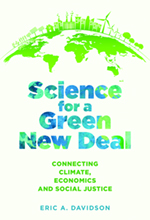 Science for a Green New Deal: Connecting Climate, Economics, and Social Justice
Science for a Green New Deal: Connecting Climate, Economics, and Social Justice
In this accessible, intelligent book, Eric A. Davidson explores the Green New Deal–US House Resolution 109–as a request for proposals and not a one-size-fits-all blueprint. The Green New Deal seeks solutions to the issues of climate change, social justice, and endangered natural resources. Davidson assumes the reader is not in denial about the overwhelming scientific consensus available regarding human impacts on climate and environment.
Throughout his book, Davidson appeals to the need for stakeholder cooperation and makes a plea for communitarianism—cooperation in problem solving for the greater good. He sees this necessary convergence as possible, if rife with struggles he admits he is not always qualified to address. Davidson calls for a sustainable and equitable capitalism, requiring cooperation from every sector of business, industry, and education, as well as community stakeholders.
Science for a Green New Deal: Connecting Climate, Economics, and Social Justice is recommended for those seeking to explore and incorporate non-partisan, science-based strategies and remedies to the major problems of climate change, environmental destabilization, and social justice.
This 264-page book is easily read in a weekend. Davidson mixes in a few relevant anecdotes and sharp wit in a book packed full of information. He does a great job of getting important scientific concepts across without technical jargon (technical communicators will appreciate this!). He explains why diversity, equity, and inclusion are crucial components of any sustainability strategy. Every chapter ends with specific, actionable, and globally relevant suggestions that flesh out the Green New Deal so that the aims it hopes to achieve are valid from a scientific standpoint.
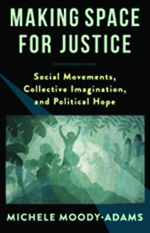 Making Space for Justice: Social Movements, Collective Imagination, and Political Hope
Making Space for Justice: Social Movements, Collective Imagination, and Political Hope
Philosophical theory puts on walking shoes in this book by Michele Moody-Adams. The author tackles big ideas about sustainable democracy with a look at how those ideas transform into action. Written with scholarly attention to philosophical underpinnings, she demonstrates how important it is to learn from social movements. Although social movements have been historically neglected by philosophers, Moody-Adams believes an understanding of social movements is key to successful social justice work.
The author divides the book into three parts: understanding social movements, the role of collective imagination in social movements, and the importance of political hope to sustain them. She covers major social change events in the US and abroad, with her primary focus on the long, continuing history of Civil Rights in the United States.
Making Space for Justice: Social Movements, Collective Imagination, and Political Hope explores three primary tasks social movements face to create space for justice, and the history of methods used to accomplish those tasks. First, people must be convinced that there is injustice. They must then believe that a reasonable, efficacious remedy exists. Finally, it must indeed be humanly and politically possible to accomplish that remedy.
This book is a must read for those interested in political philosophy, the history of social movements, sociology, or social justice work. Technical communicators are particularly suited for the kind of writing necessary to communicate the tasks of social movements mentioned above. Any technical communicator in the non-profit social justice space or related fields would benefit from this exploration of why and how humans drive social movements. While not a weekend read, the depth and breadth of Moody-Adams’ work makes this a worthy volume to return to.
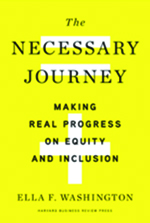 The Necessary Journey: Making Real Progress on Equity and Inclusion
The Necessary Journey: Making Real Progress on Equity and Inclusion
Ella F. Washington takes a narrative approach in her book on Diversity, Equity, and Inclusion (DEI). An expert on the subject, Washington tells the stories of nine different companies and their journeys toward DEI. She seeks to “demystify what DEI is about” (p. 5) and her narratives include the struggles, mistakes, and successes of the nine companies profiled in her book.
Washington traces the history of DEI from its Title II and Affirmative Action beginnings to today, when more companies are realizing that to survive, they must adapt to a changing workforce. Over 30 years since Diversity Management began, she writes, many companies are stuck in compliance mode. In other words, they are checking the boxes but not checking in with their workforce to make sure that progress is being made as intended. Washington mentions (more than once) that there is more to DEI than programs: it’s a tough journey over the long haul. She skillfully argues that it is time for organizations to move beyond mere compliance, especially as workforces become more globalized. Washington addresses DEI issues across multiple cultural landscapes.
The author describes five stages of the DEI practice and application journey, and in each of her nine narratives she explores which of the stages the subject company is in. The layout of each story is nicely broken down into easily read chunks and sub-chapters, with a visual representation of the stage and its elements at the end of the story.
The Necessary Journey: Making Real Progress on Equity and Inclusion is interesting and inspiring, full of the hopeful tone woven through most of the books reviewed here. It will be very useful to those technical communicators developing internal user experience tools in companies which are investing in DEI strategies. Readers hoping to put the examples to practical use will need to plan to spend some time studying the cases to pull out useful strategies that apply to their situation.
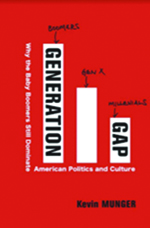 Generation Gap: Why the Baby Boomers Still Dominate American Politics and Culture
Generation Gap: Why the Baby Boomers Still Dominate American Politics and Culture
Kevin Munger has crafted a fascinating look at why the Baby Boomer generation still holds sway in American politics and culture. Historically, older generations become less impactful as they age, but Munger shows how a combination of events has changed that structure and revealed new weaknesses in a representative democracy. In the first part of Generation Gap: Why the Baby Boomers Still Dominate American Politics and Culture, he describes the historical factors at play in the Boomer generation’s continued power. In the second part, he explores these facts in terms of the ensuing generational conflict.
According to Munger, a key issue is not that Baby Boomers have tremendous political and cultural clout. The problem is the generational conflicts that result as both the Millennials and Generation Z face underrepresentation and a much less stable economic future than Boomers were handed. Munger feels that these conflicts will only continue to increase over the next decade.
In his conclusion, Munger offers some educated predictions about the coming decade. While it might not be possible to produce actionable next steps readers might want, his intention is that this book “helps me understand the world in ways that other frameworks and evidence bases do not…” (p. 166).
Munger is a political and social data scientist, so his book is strong on numbers, with lots of illustrative graphs for those who like visuals. Technical communicators from all fields will appreciate Munger’s analysis because his book shines a light on the sometimes confusing and frustrating intergenerational interactions of daily life. That is, Generation Gap may help us understand each other better.
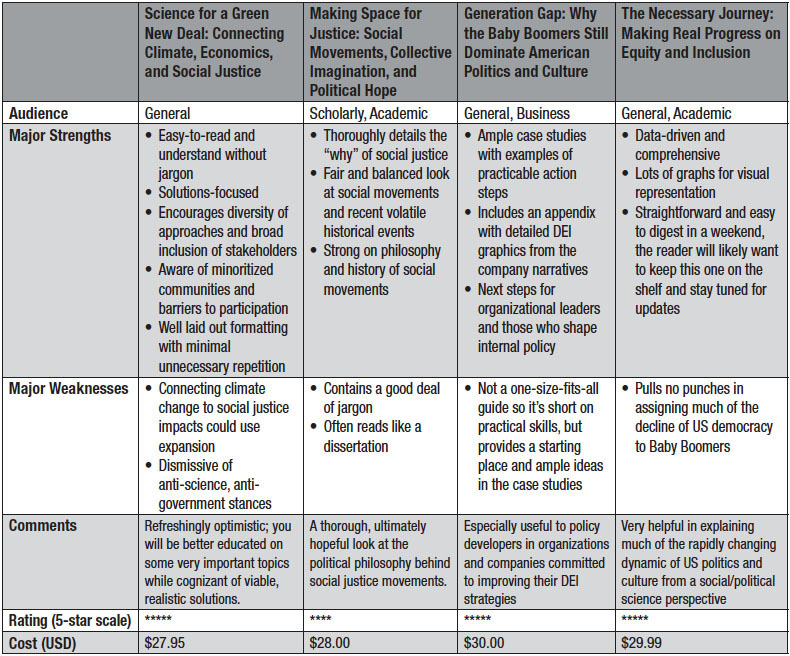
References
Davidson, Eric A. (2022). Science for a Green New Deal: Connecting Climate, Economics, and Social Justice. Johns Hopkins University Press. [ISBN 978-1-4214-4434-5. 264 pages, including index. US$27.95 (hardcover).]
Moody-Adams, Michele. (2022). Making Space for Justice: Social Movements, Collective Imagination, and Political Hope. Columbia University Press. [ISBN 978-0-231-20137-7. 346 pages, including index. US$28.00 (softcover).]
Munger, Kevin. (2022). Generation Gap: Why the Baby Boomers Still Dominate American Politics and Culture. Columbia University Press. [ISBN 978-0-231-20087-5. 216 pages, including index. US$29.99 (softcover).]
Washington, Ella F. (2022). The Necessary Journey: Making Real Progress on Equity and Inclusion. Harvard Business Review Press. [ISBN 978-1-64782-128-9. 310 pages, including index. US$30.00 (hardcover).]
Heather Whitaker Alfonso is a student at the University of Alabama in Huntsville pursuing a graduate degree in English with a Technical Writing Certificate. She holds a Master’s in Social Work and is a student member of STC.

